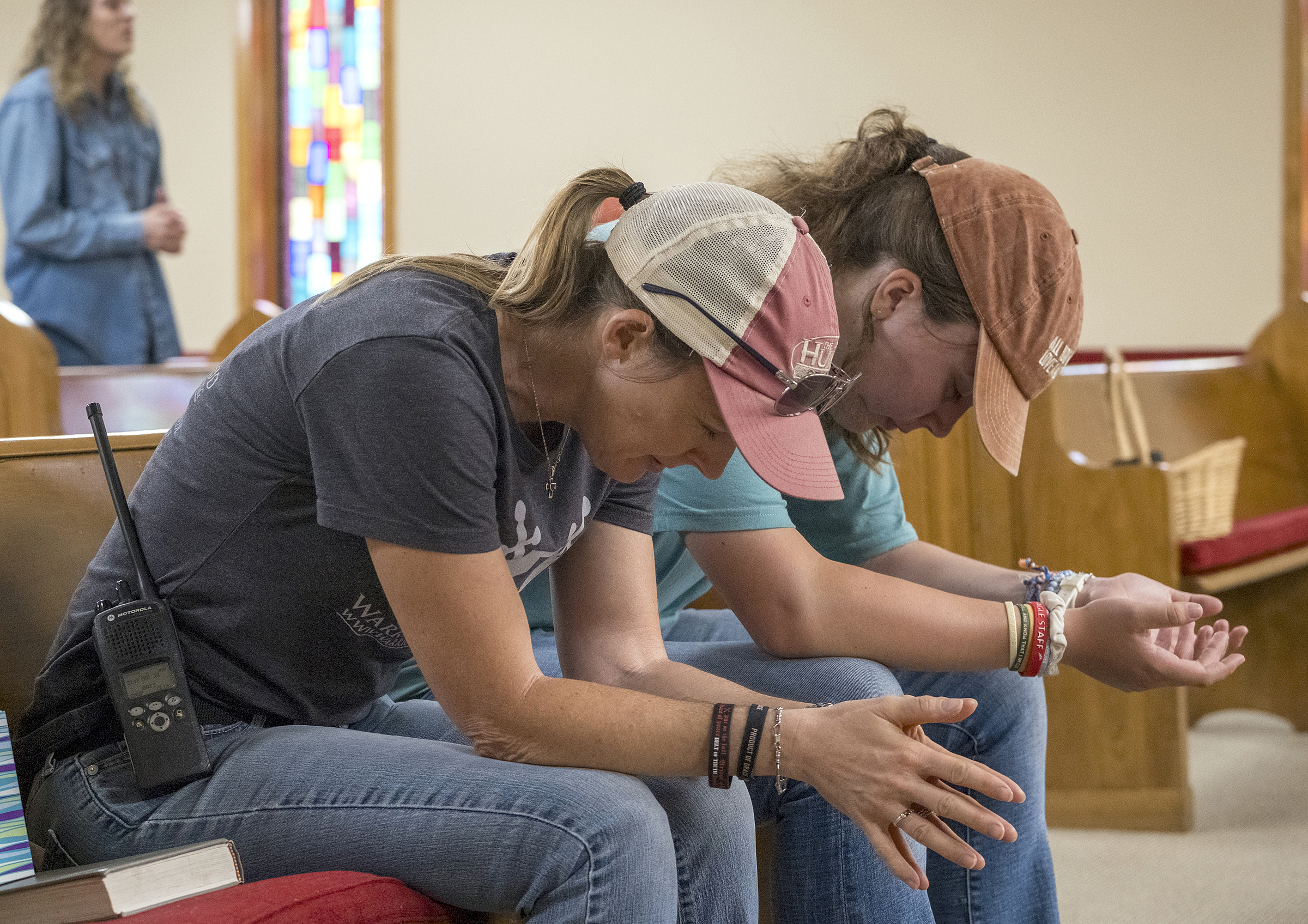Around 1 a.m. on 4/7, Aroldo Barrera, infrastructure manager at the Mo-Ranch summer camp in Kerr County, Texas, noticed the Guadalupe River rising steadily amid heavy rain and immediately alerted camp leaders.
A few hours earlier, the 500-acre camp had canceled a youth cultural exchange event. However, about 70 people were still staying in a house near the riverbank, while the rain continued to pour.
Mo-Ranch management had been closely monitoring reports of the approaching Tropical Storm Barry. Despite receiving no warnings from local officials, they decided to evacuate the entire group, which included many children.
"Camp staff quickly gathered belongings and moved the group away from the river to higher ground," said Lisa Winters, the camp's communications director.
That night, Mo-Ranch avoided disaster. Just hours later, a flash flood on the Guadalupe River swept away bridges, roads, and devastated a large area along the riverbank, including several summer camps where hundreds of students and vacationers were staying for the Fourth of July holiday.
Texas Governor Greg Abbott said on 6/7 that the death toll from the flash flood had risen to 82, with 41 people still missing, including 10 girls at the Mystic summer camp near Mo-Ranch. In Kerr County alone, at least 40 adults and 28 children died. Freeman Martin, director of the Texas Department of Public Safety, feared the death toll would continue to rise.
Winters confirmed that no one died at Mo-Ranch. Around 7 a.m. on 4/7, camp staff began calling parents to inform them that their children were safe.
"We knew that parents would wake up and see news reports with images of missing children and everything submerged. We told the kids: Tell your parents you're okay. We made sure every guest and every child was accounted for," Winters said.
Camp management said they did not receive any direct warnings from county officials about the risk of flooding. "If we hadn't been proactively monitoring the weather and the rising water levels, the consequences could have been devastating," she said.
 |
Residents of Hunt, Kerr County, Texas, pray at the local church on 6/7 for the victims of the flash flood. *Image: AP* |
The National Weather Service maintained that it provided sufficient time for local authorities to warn residents, but the most serious warnings came only in the early morning of 4/7, with a flash flood warning sent to people's phones at 1:14 a.m.
However, many areas along the Guadalupe River had no cell phone service. Several local residents said they never received such warnings.
Local authorities are facing criticism over their ability to forecast the severity of the flash flood and why they failed to inform the community in a timely manner. Kerr County officials said they were currently focused on rescue and relief efforts and would investigate the cause later.
Before the flash flood occurred, months' worth of rain fell on Texas in just a few hours, mostly at night while people were sleeping. The Guadalupe River rose 26 feet in just 45 minutes. Former President Donald Trump called the flood a "500-year disaster" that no one could have anticipated.
 |
Texas police search for victims at the Mystic summer camp on the Guadalupe River, near Mo-Ranch, on 6/7. *Image: AP* |
Mo-Ranch remained closed on 6/7 and was looking for ways to support other camps affected by the flash flood.
Winters said rescuers found an aluminum kayak near the camp that had been swept away and wrapped around a tree "like a pretzel," demonstrating the immense power of the flood.
"I can't imagine anyone surviving something like that. We were truly lucky," she said, her voice choked with emotion. "Buildings can be rebuilt, but I can't imagine losing those kids or anyone."
Thanh Danh (*Reporting by AP, WP*)












